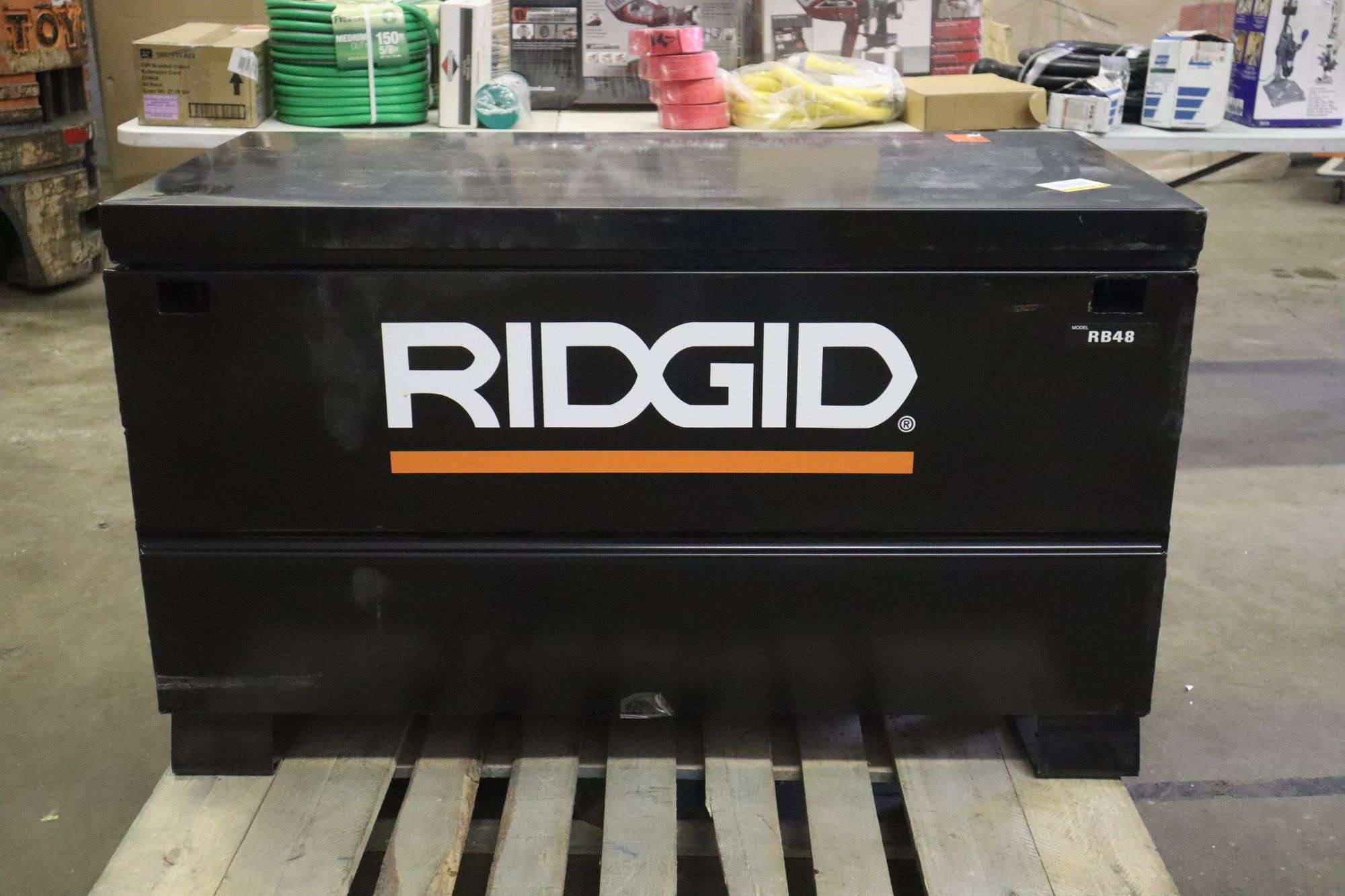

Articles
How Do You Lock A Ridgid Tool Chest
Modified: December 7, 2023
Discover the best way to lock your Ridgid tool chest with our informative articles. Find step-by-step instructions and expert tips to keep your tools secure.
(Many of the links in this article redirect to a specific reviewed product. Your purchase of these products through affiliate links helps to generate commission for Storables.com, at no extra cost. Learn more)
Introduction
Welcome to the world of Ridgid Tool Chests! Whether you’re a professional handyman or a DIY enthusiast, having a reliable and secure storage solution for your tools is essential. Ridgid is a well-known brand that offers a wide range of tool chests designed to keep your tools organized and protected.
One of the key features of a Ridgid Tool Chest is its locking mechanism, which ensures that your tools are safe from theft and unauthorized access. In this article, we will guide you through the process of locking a Ridgid Tool Chest, step by step.
Before we dive into the details, it’s important to understand the different types of locking mechanisms that Ridgid Tool Chests may have. Some models come with built-in locks, while others require the use of a padlock. Regardless of the type of locking mechanism your tool chest has, the general process remains the same.
So, are you ready to learn how to lock your Ridgid Tool Chest effectively? Let’s get started with Step 1: Understanding the Ridgid Tool Chest Locking Mechanism.
Key Takeaways:
- Secure your Ridgid Tool Chest by understanding the locking mechanism, identifying locking points, and using built-in locks or padlocks. Test the lock to ensure your tools are well-protected and easily accessible.
- Locking your Ridgid Tool Chest not only prevents theft but also maintains an organized workspace, keeping your tools secure and in place. Follow the steps to confidently secure your valuable tools.
Read also: 14 Best Ridgid Tool Box for 2024
Step 1: Understanding the Ridgid Tool Chest Locking Mechanism
Before you can effectively lock your Ridgid Tool Chest, it’s important to have a clear understanding of the locking mechanism it employs. Ridgid Tool Chests typically come with two types of locking mechanisms:
- Built-in Locks: Some Ridgid Tool Chest models are equipped with built-in locks. These locks are integrated into the chest and can be operated using a key or a combination. The benefit of built-in locks is that they provide a secure and convenient way to lock your tool chest without the need for additional hardware.
- Padlock Compatibility: Other Ridgid Tool Chests may not have built-in locks, but they are designed to accommodate padlocks. These tool chests typically feature hasp-like structures or metal loops where you can attach a padlock to secure the chest. Padlock compatibility offers flexibility and allows you to use your preferred padlock for added security.
Now that you have familiarized yourself with the different types of locking mechanisms, you can determine which type your Ridgid Tool Chest utilizes. Once you know the type of lock your tool chest has, you can proceed to the next step of the locking process.
Let’s move on to Step 2: Identifying the Locking Points on the Ridgid Tool Chest.
Step 2: Identifying the Locking Points on the Ridgid Tool Chest
In order to lock your Ridgid Tool Chest properly, you need to identify the locking points on the chest. These are the specific areas where you can engage the lock mechanism to secure your tools. The location of the locking points may vary depending on the model of your Ridgid Tool Chest, so it’s important to carefully inspect the chest to find them.
Here are a few common places where you might find the locking points on a Ridgid Tool Chest:
- Handles: Some tool chests have handles that double as locking points. These handles may have a built-in lock or a slot where you can attach a padlock.
- Hasps or Metal Loops: Many Ridgid Tool Chests come with hasps or metal loops specifically designed for padlocks. These are often located on the front or sides of the chest, providing a secure attachment point for your padlock.
- Internal Latches or Hooks: In some cases, the locking points may be inside the tool chest. These can take the form of internal latches or hooks that secure the drawers or compartments. Check inside the chest to see if there are any mechanisms that can be engaged to lock the contents.
Take the time to thoroughly examine your Ridgid Tool Chest and locate all the locking points. This will ensure that you can effectively secure your tools and prevent unauthorized access.
Now that you have identified the locking points on your Ridgid Tool Chest, it’s time to move on to the next step: actually locking the chest. Let’s explore Step 3: Locking the Ridgid Tool Chest.
When locking a Ridgid tool chest, make sure to close and latch all drawers securely before locking the chest. Use the provided key or combination lock to secure the chest and prevent unauthorized access.
Step 3: Locking the Ridgid Tool Chest
Now that you have identified the locking points on your Ridgid Tool Chest, it’s time to lock it securely. The locking process may vary depending on the type of locking mechanism your tool chest has:
If Your Ridgid Tool Chest Has a Built-in Lock:
1. Locate the key or combination lock mechanism on your tool chest.
2. If there is a keyhole, insert the key and turn it clockwise to engage the lock.
3. If it’s a combination lock, enter the correct combination following the manufacturer’s instructions.
4. Test the lock by gently pulling on the handles or attempting to open the drawers. Ensure that the lock holds and prevents any unauthorized access to the tools.
If Your Ridgid Tool Chest Requires a Padlock:
1. Choose a high-quality padlock that fits the hasp or metal loop on your tool chest.
2. Insert the shackle of the padlock into the hasp or loop, making sure it is securely attached.
3. If your padlock has a combination, set the combination according to the manufacturer’s instructions.
4. Test the lock by gently pulling on the handles or attempting to open the drawers. Verify that the padlock is secure and that the tool chest remains locked.
Remember to keep your key or padlock combination in a safe place and away from unauthorized individuals. This will ensure that you’ll be the only one with access to your tools.
Now that your Ridgid Tool Chest is securely locked, it’s time to move on to the final step: testing the locked tool chest to ensure its effectiveness. Let’s explore Step 4: Testing the Locked Ridgid Tool Chest.
Step 4: Testing the Locked Ridgid Tool Chest
Once you have successfully locked your Ridgid Tool Chest, it’s crucial to test the lock to ensure its effectiveness. Testing the locked chest will give you peace of mind knowing that your tools are securely stored and protected from unauthorized access.
Here are a few steps you can follow to test the locked Ridgid Tool Chest:
- Attempt to Open the Chest: Gently try to open the tool chest by pulling on the handles or attempting to open the drawers. The lock should hold firm and prevent the chest from opening without the use of the key or padlock combination.
- Inspect the Locking Points: Inspect each locking point you identified earlier and ensure that they are secure and engaged. Check for any signs of tampering or looseness that may indicate a potential security issue.
- Shake the Tool Chest: Give the locked tool chest a gentle shake to see if there is any movement or rattling. A properly locked chest should feel stable and not have any loose components.
- Confirm Tool Accessibility: Take a quick inventory or mental note of the tools inside the locked chest. Confirm that they are all in place and easy to access when needed.
If, during the testing process, you notice any issues or concerns with the lock or locking points, take the necessary steps to address them promptly. This may include tightening or replacing the lock, reinforcing the locking points, or seeking professional assistance if needed.
By performing these tests regularly or whenever you have concerns, you can ensure the security and functionality of your Ridgid Tool Chest, keeping your tools safe and protected.
With Step 4 completed, you have successfully locked and tested your Ridgid Tool Chest. Now you can confidently store your valuable tools and equipment with peace of mind.
To summarize, in this article, we have walked through the process of understanding the Ridgid Tool Chest locking mechanism, identifying the locking points, locking the chest using built-in locks or padlocks, and testing the effectiveness of the lock. By following these steps, you can ensure the security of your tools and maintain a well-organized workspace.
Remember to always prioritize safety and store your Ridgid Tool Chest in a secure location to further protect your valuable tools.
We hope that this guide has been helpful in assisting you with locking your Ridgid Tool Chest. Happy tool storage and stay organized!
Read more: How Do You Organize Your Tool Chest
Conclusion
In conclusion, locking your Ridgid Tool Chest is an essential step in ensuring the safety and security of your valuable tools. By understanding the locking mechanism, identifying the locking points, and properly locking the chest, you can prevent unauthorized access and keep your tools well-protected.
Throughout this guide, we have explored the different types of locking mechanisms that Ridgid Tool Chests may have, including built-in locks and padlock compatibility. We have also discussed how to identify the specific locking points on your tool chest, such as handles, hasps or metal loops, and internal latches or hooks.
Additionally, we have provided step-by-step instructions on how to effectively lock your Ridgid Tool Chest depending on the type of locking mechanism. Whether it’s using a key to engage a built-in lock or attaching a padlock to a hasp or metal loop, following these steps will ensure a secure locking process.
Finally, we emphasized the importance of testing the locked Ridgid Tool Chest to ensure its effectiveness. By attempting to open the chest, inspecting the locking points, shaking the chest, and confirming tool accessibility, you can verify that the lock is secure and your tools are properly stored.
Remember, securing your Ridgid Tool Chest is not just about preventing theft but also about maintaining an organized workspace. Properly locked tool chests help keep your tools in place, preventing them from moving around, getting damaged, or causing accidents.
By following the steps outlined in this guide, you can confidently lock your Ridgid Tool Chest, providing peace of mind and enabling you to focus on your projects without worrying about the security of your tools.
Thank you for reading this comprehensive guide on locking a Ridgid Tool Chest. We hope you found it helpful in enhancing the security and functionality of your tool storage solution. Now go ahead and lock that chest with confidence!
Frequently Asked Questions about How Do You Lock A Ridgid Tool Chest
Was this page helpful?
At Storables.com, we guarantee accurate and reliable information. Our content, validated by Expert Board Contributors, is crafted following stringent Editorial Policies. We're committed to providing you with well-researched, expert-backed insights for all your informational needs.
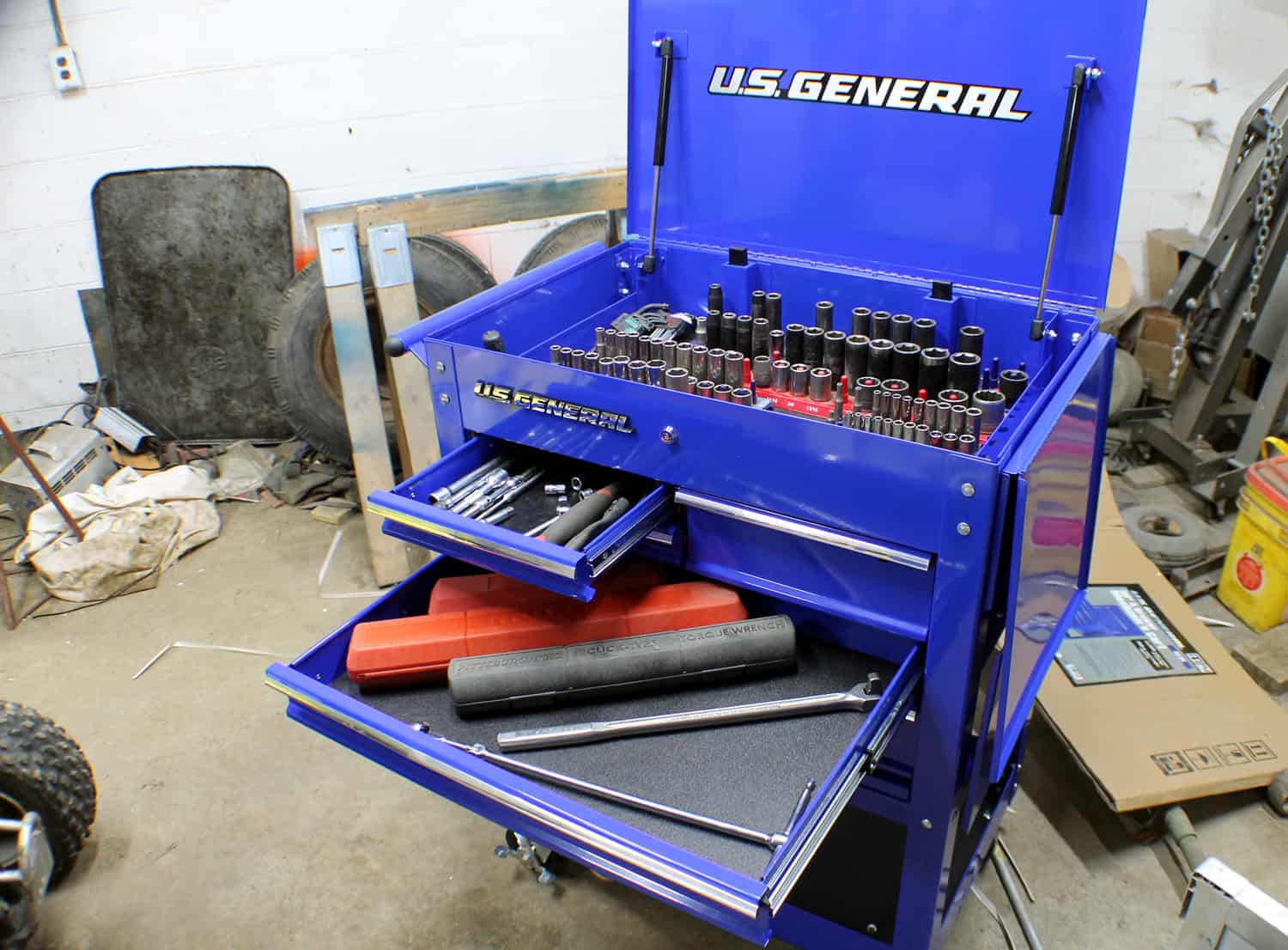
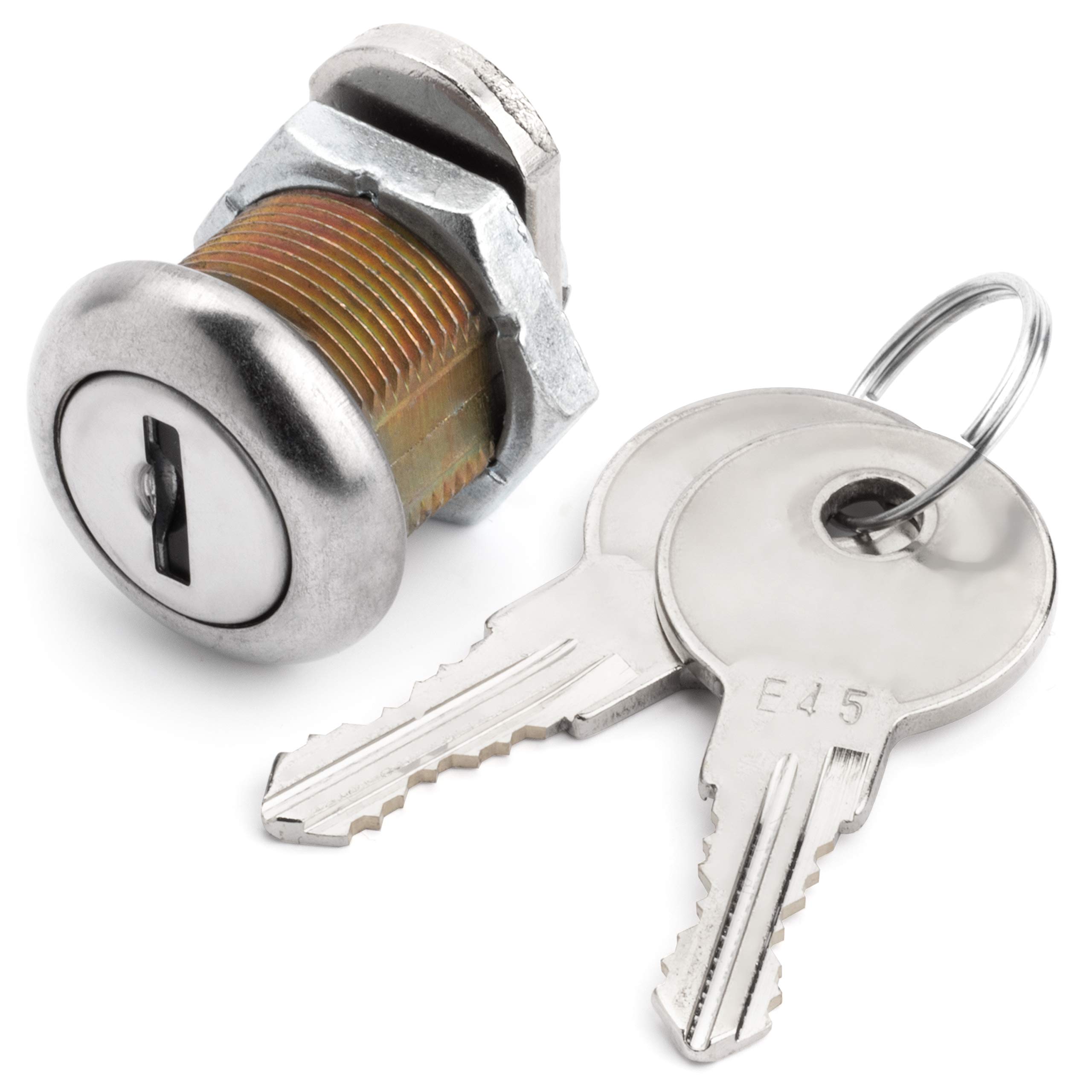
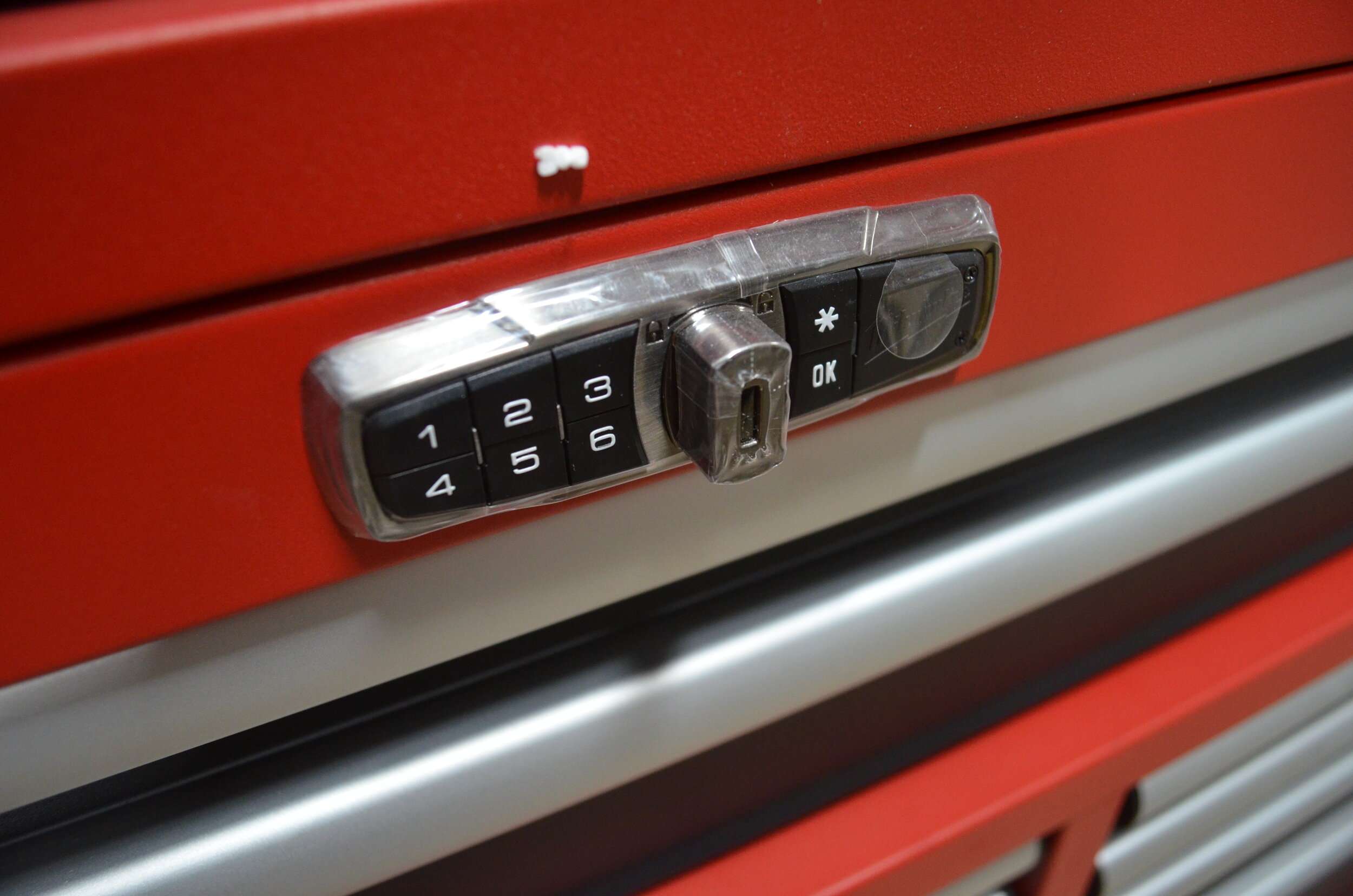
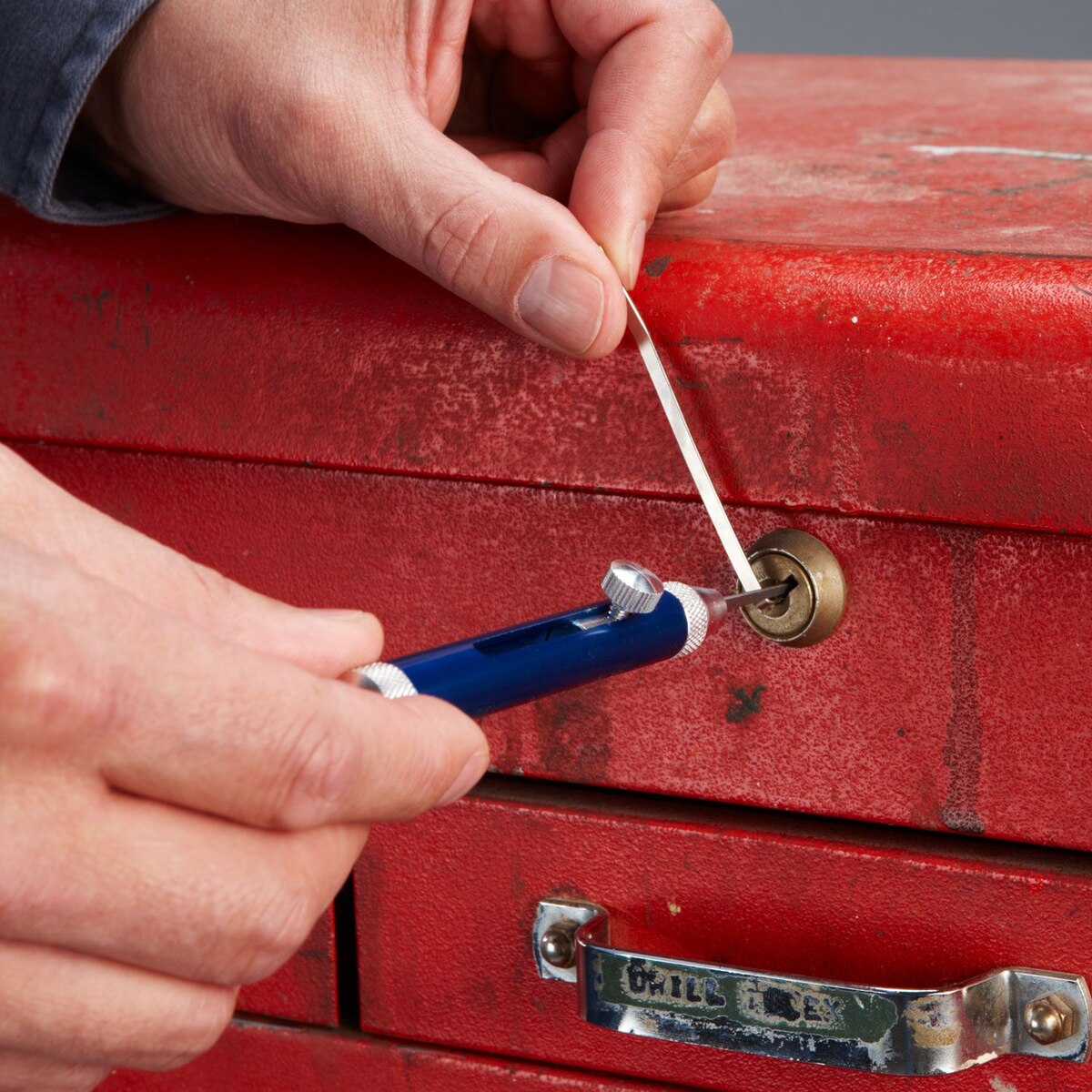
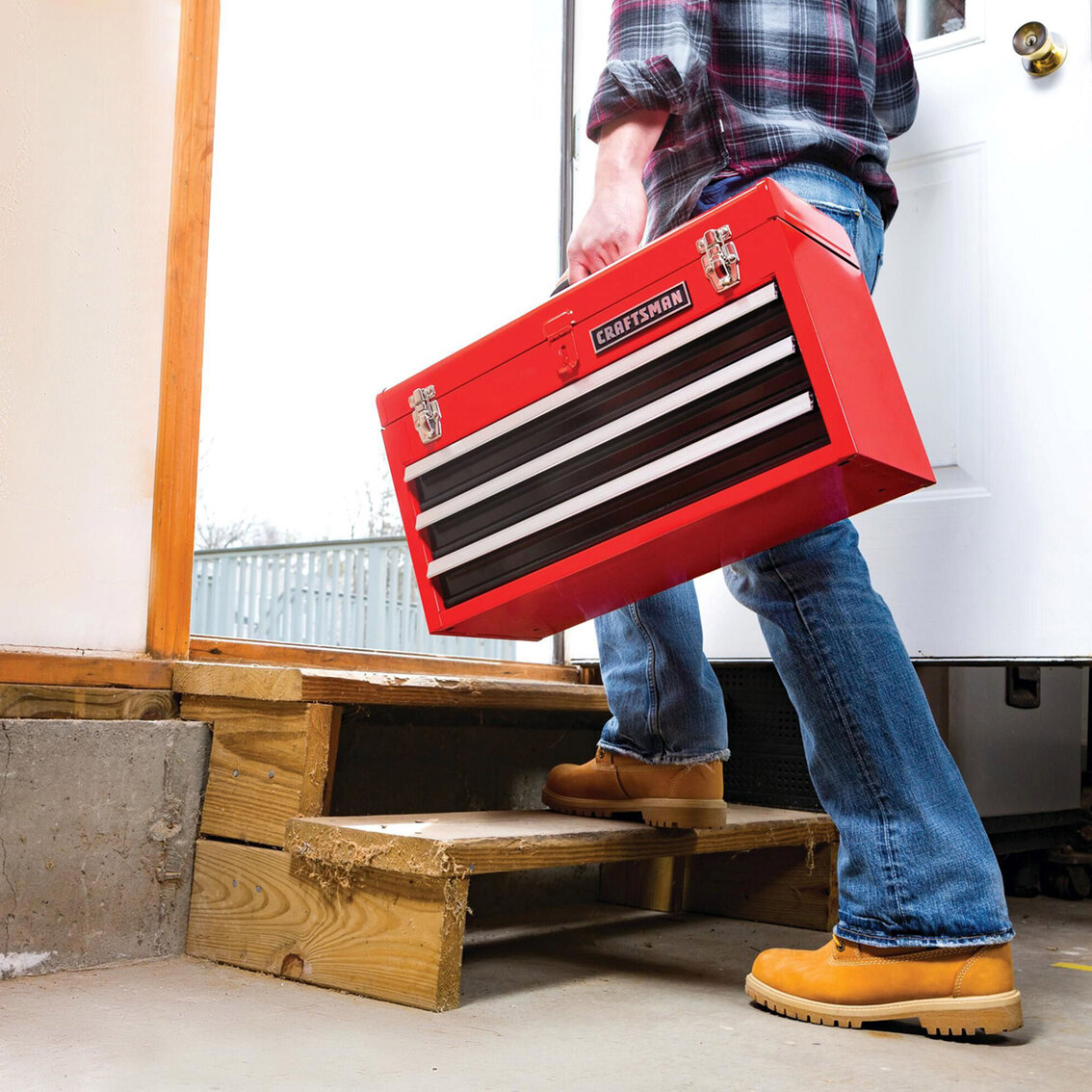
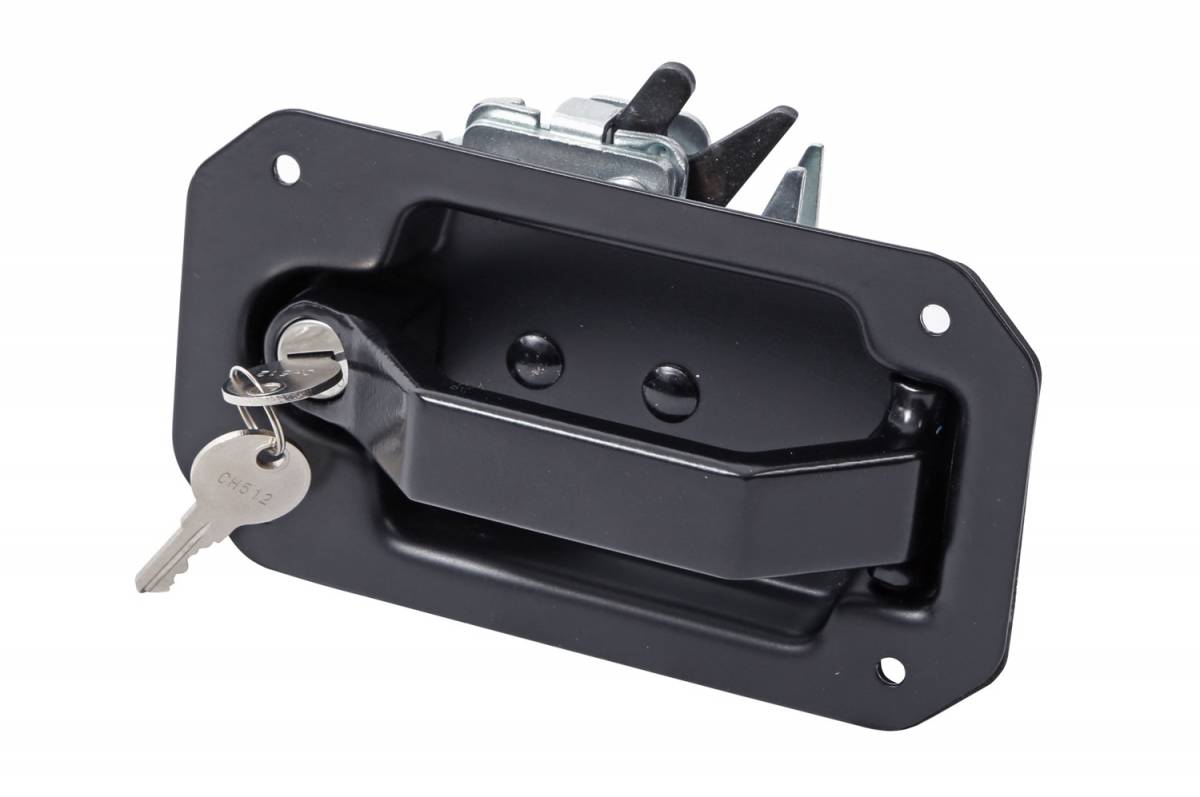
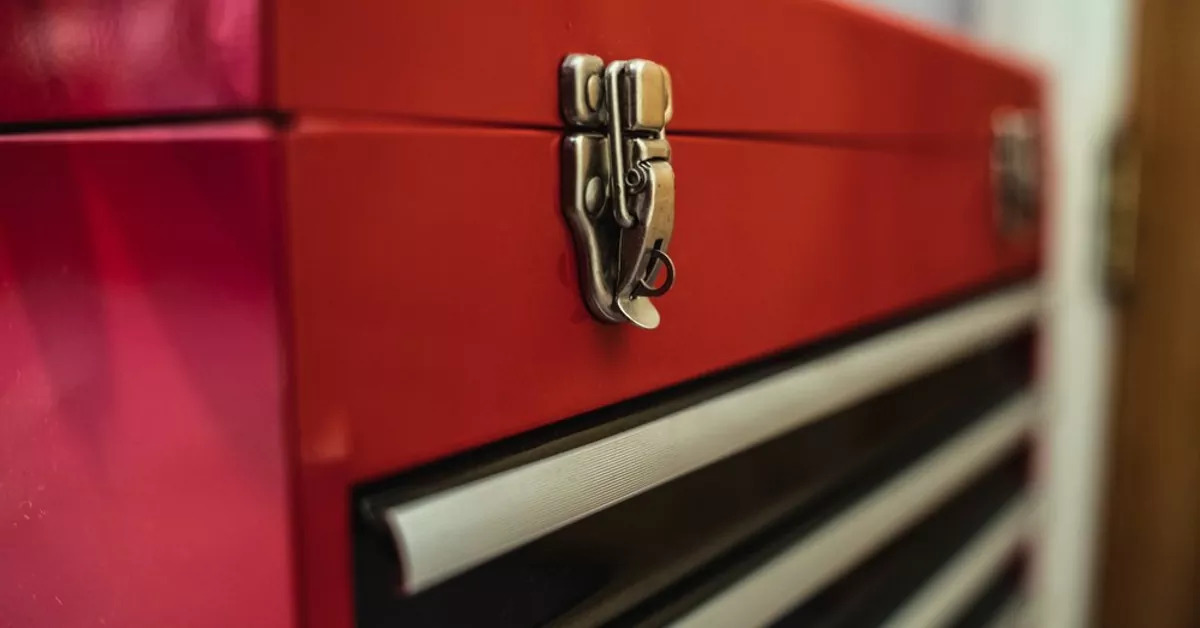
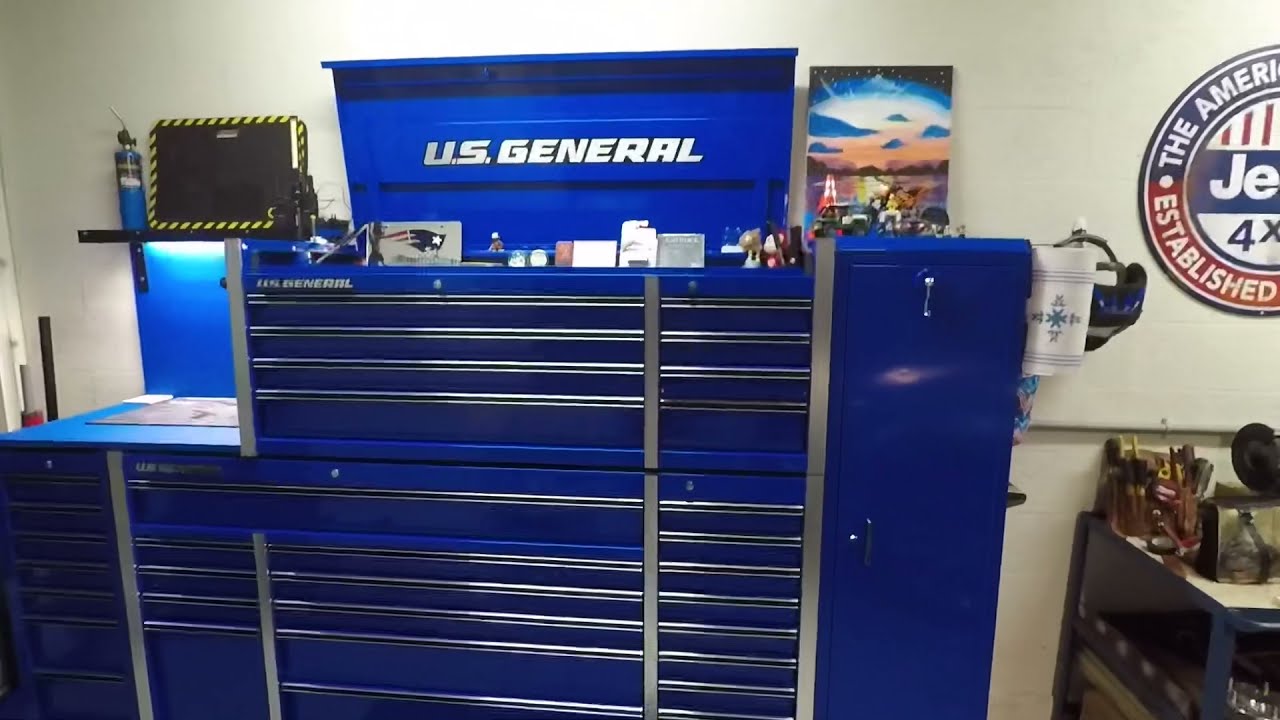
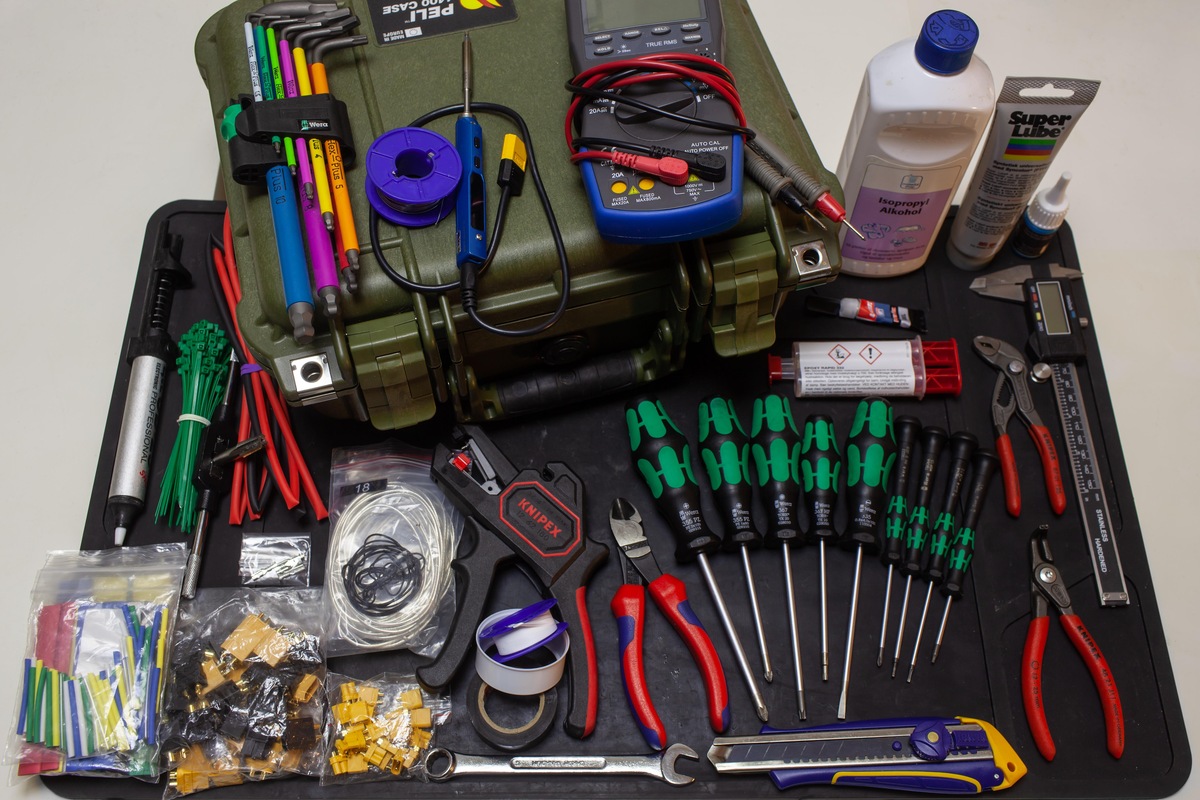
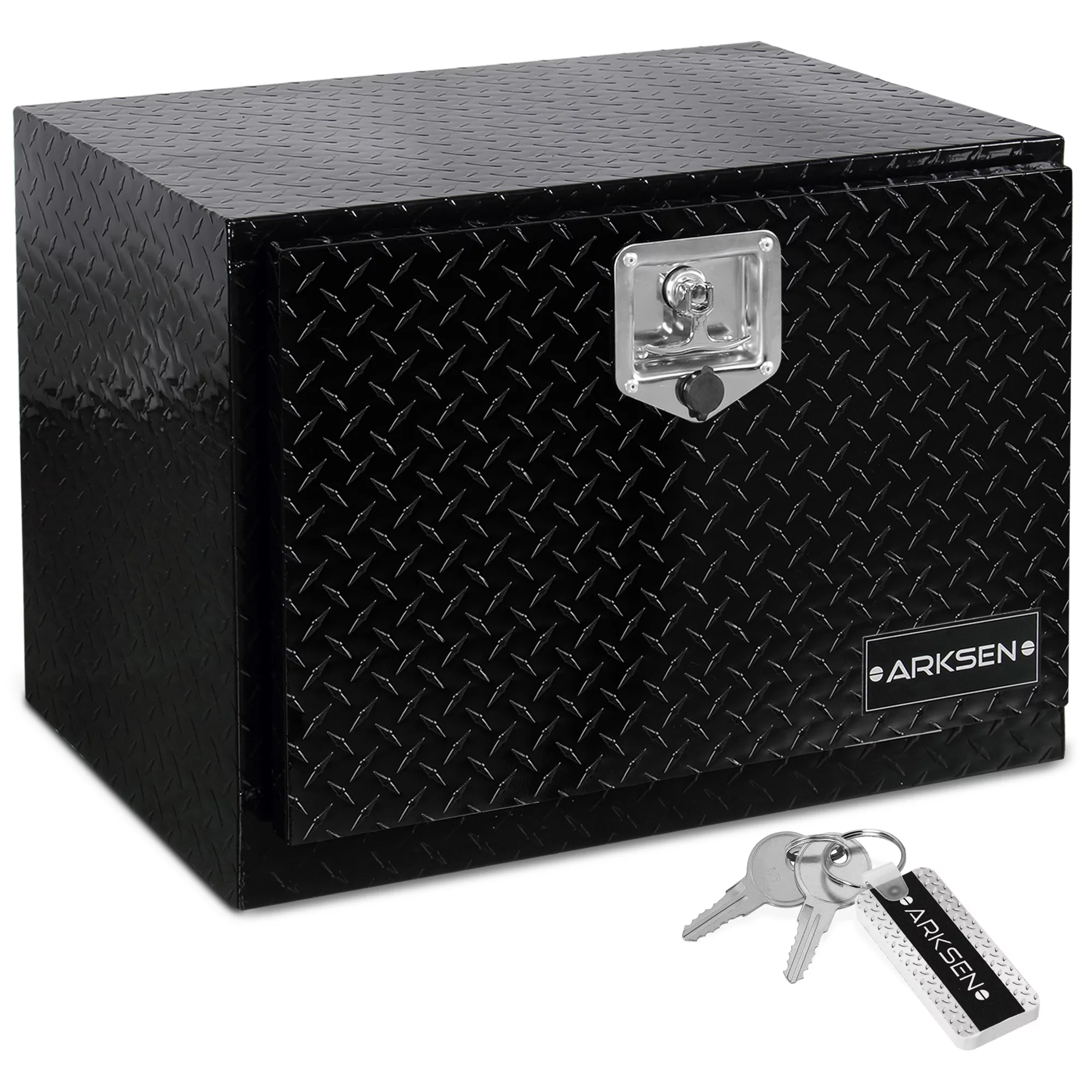
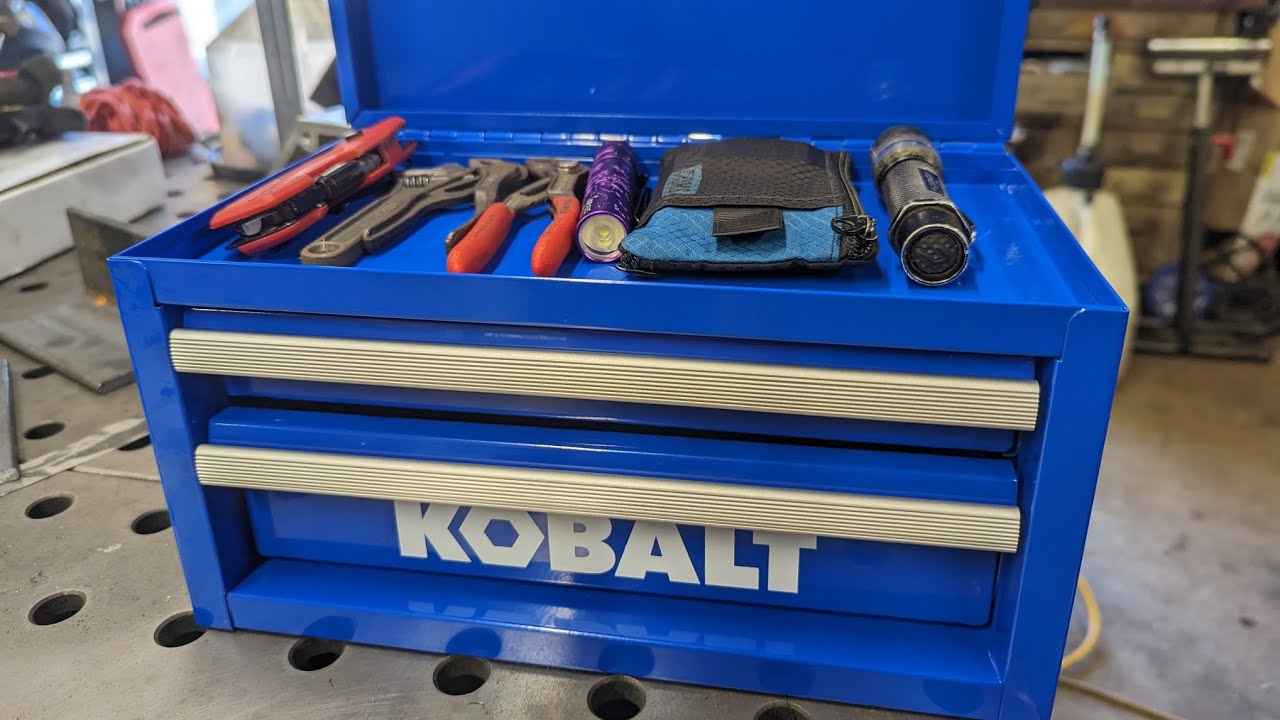
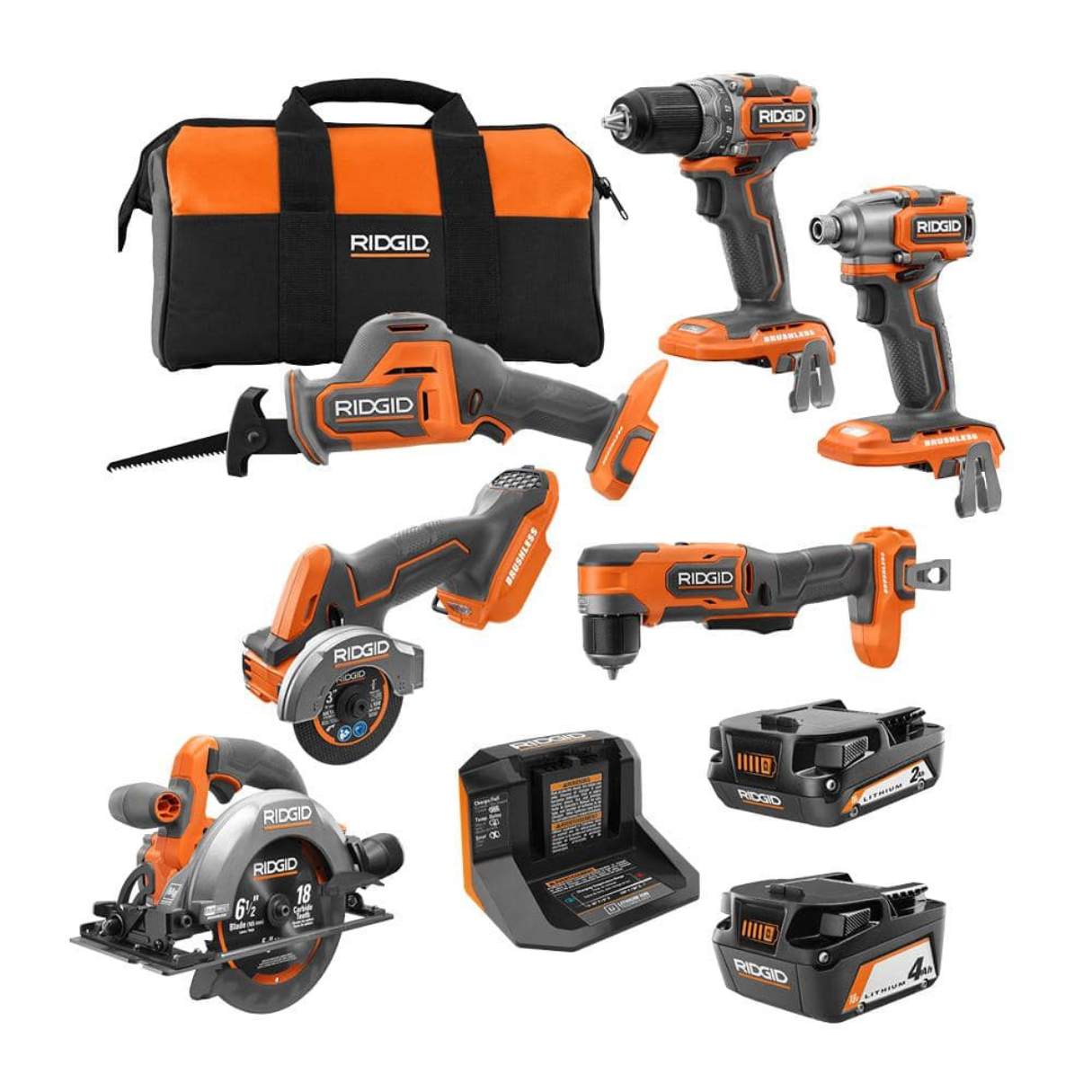
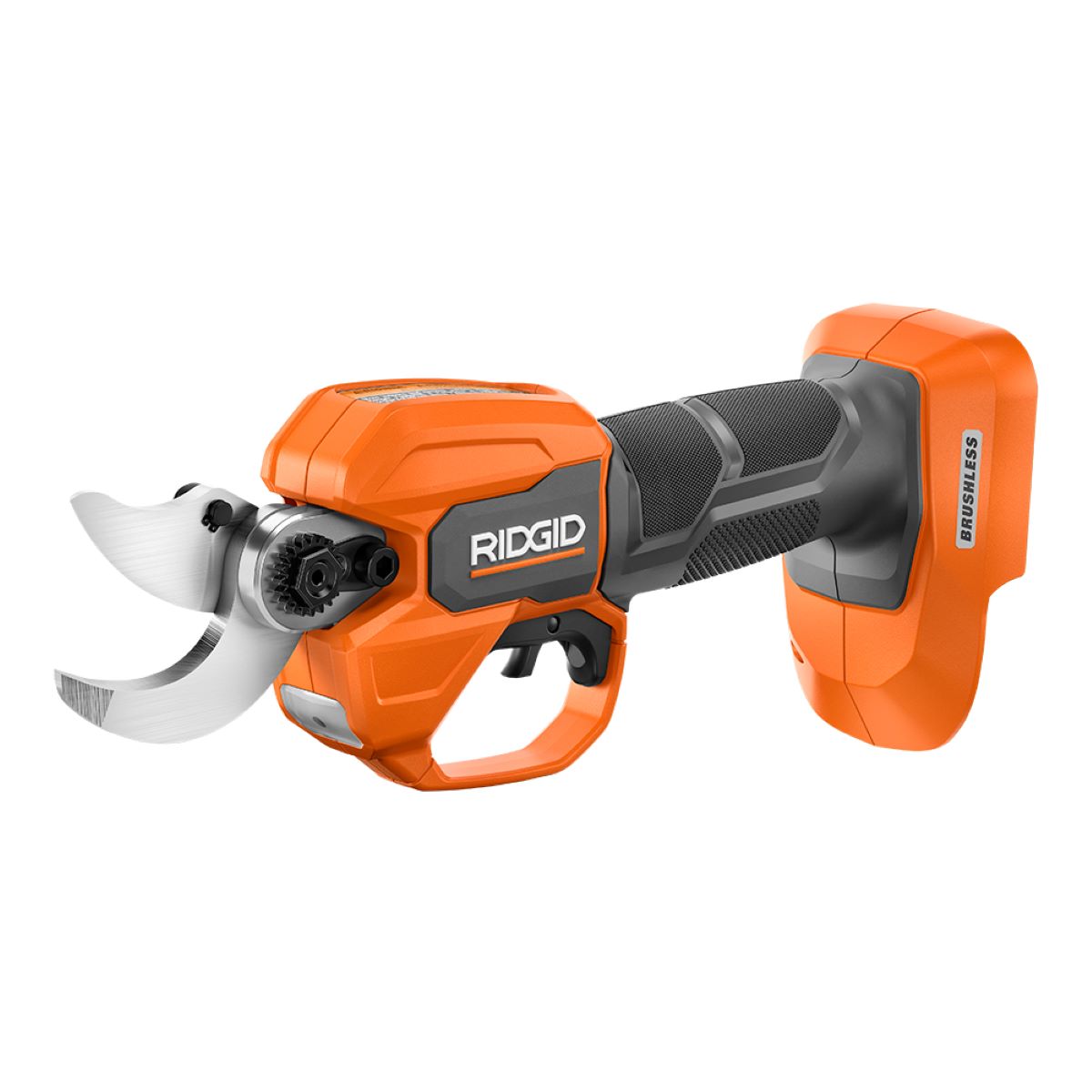
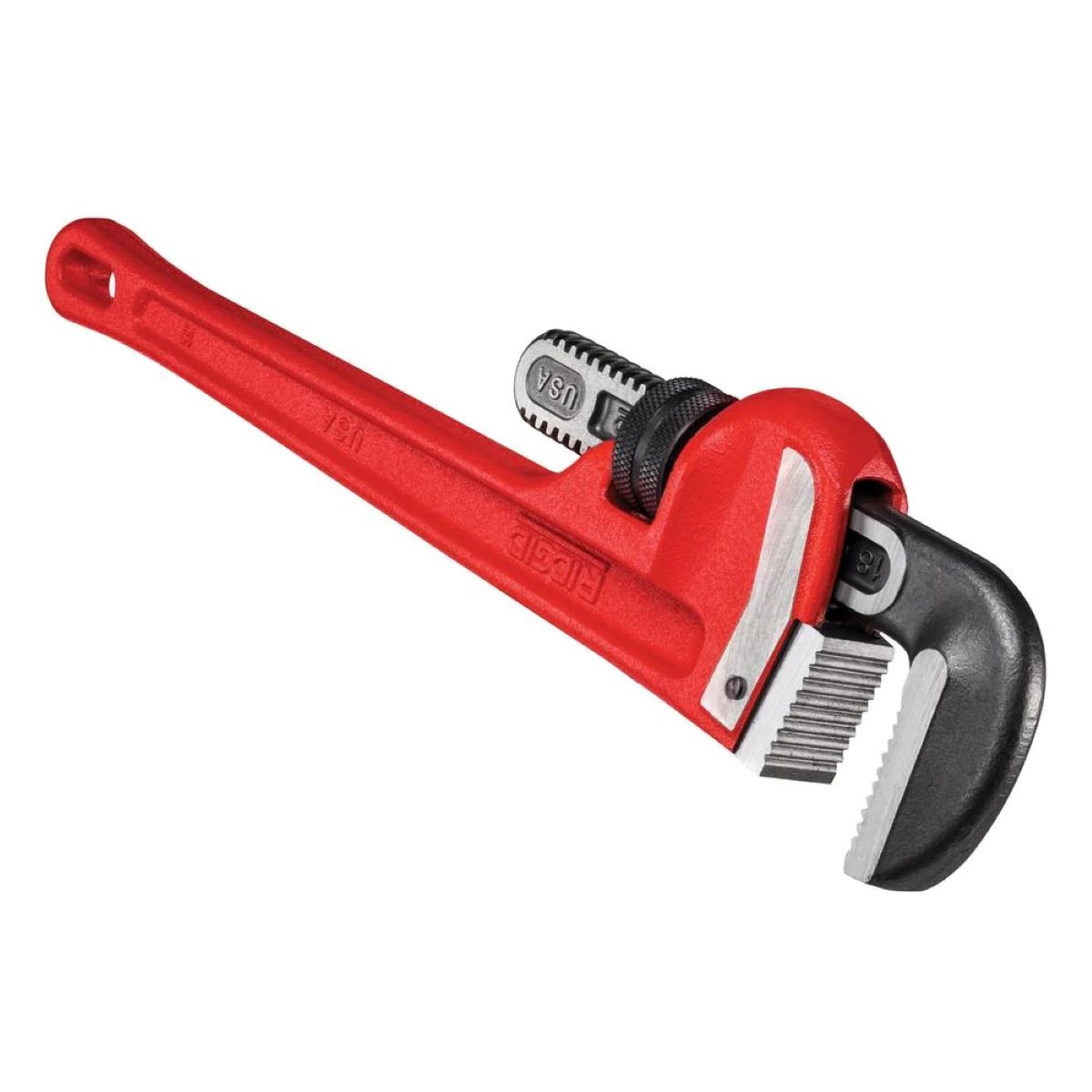

0 thoughts on “How Do You Lock A Ridgid Tool Chest”